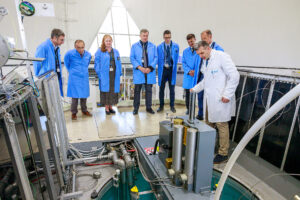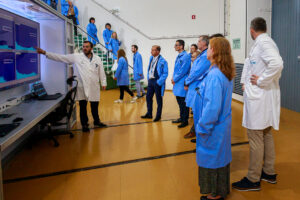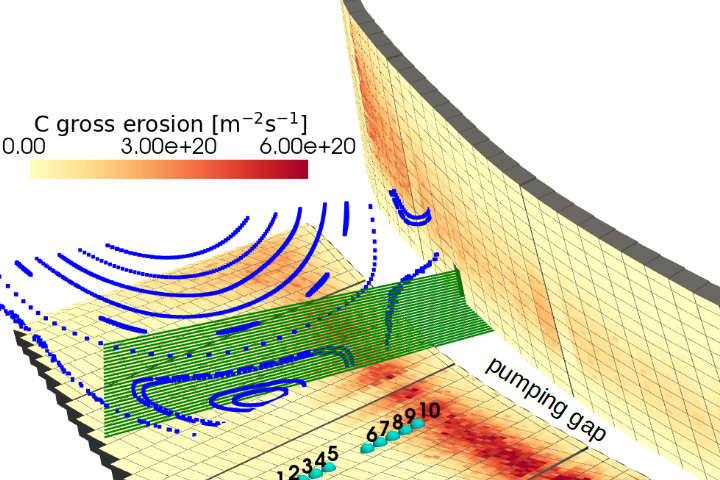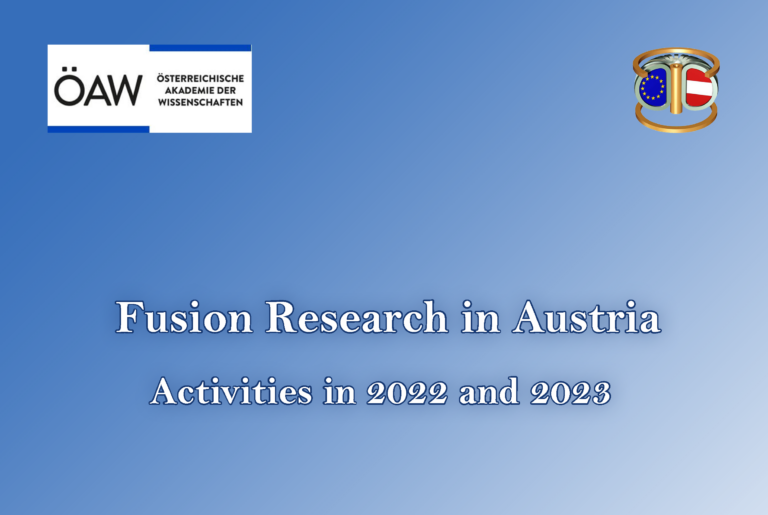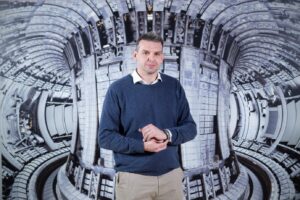
Visit one of Europe’s fusion machines, and you will pass through a thick concrete wall called a bioshield before laying eyes on the stellarator or tokamak. These walls protect against the stream of fast neutron particles produced in a working fusion machine.
Neutrons carries the fusion energy out of the magnetic cage inside the machine, but they can also impact surrounding materials. When they hit the cooling water running through the machine, neutrons can transform oxygen inside the water molecule into unstable, radioactive nitrogen-16 in a process called water activation. Nitrogen-16 doesn’t stay radioactive for long; after an average of 5 seconds, it relaxes again by sending out an energetic gamma ray. But those seven seconds are enough time for the water to travel past some potentially sensitive components.
Validating computer models
Understanding where the radiation from water activation ends up is crucial to designing the proper shielding, says Luka Snoj, head of the Slovenian nuclear reactor TRIGA at the Slovenian member of EUROfusion, the Jožef Stefan Institute. On 3 June 2024, Snoj and his team inaugurated their new facility KATANA to properly study the effect.
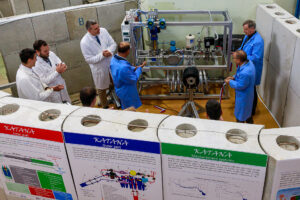
“Water activation will be an if not the most important source of ionising radiation outside of the bioshield”, explains the expert in reactor technology: “It will cause effects all around the water cooling loop, like heating of superconducting coils, or radiation damage to electronics.”
KATANA is a dedicated experiment installed at TRIGA, with a loop of water running through the fission reactor and then circling past an array of detectors before cycling back. This will let the researchers test and validate simulations that can predict water activation in future machines and help design cooling circuits and shielding that can minimise its impact.
“Together with EUROfusion, we are developing computational tools to calculate doses around activated water that can be tested at KATANA. Those will be crucial for the design and licensing process for future fusion facilities like ITER or DEMO, the demonstration fusion power plant. Using KATANA, we can use a fission research reactor to smooth the path for future fusion facilities!”

